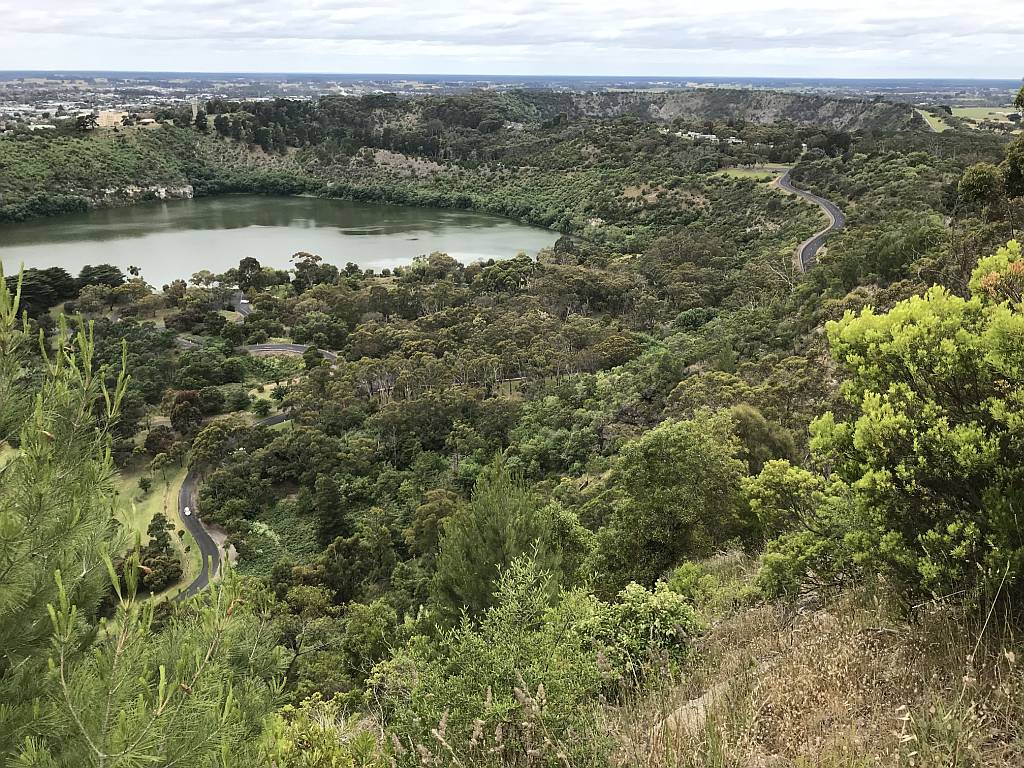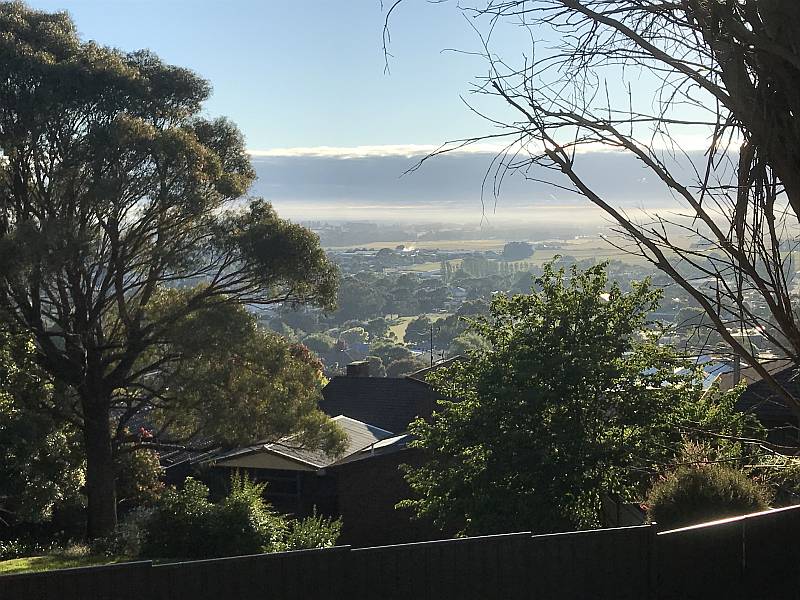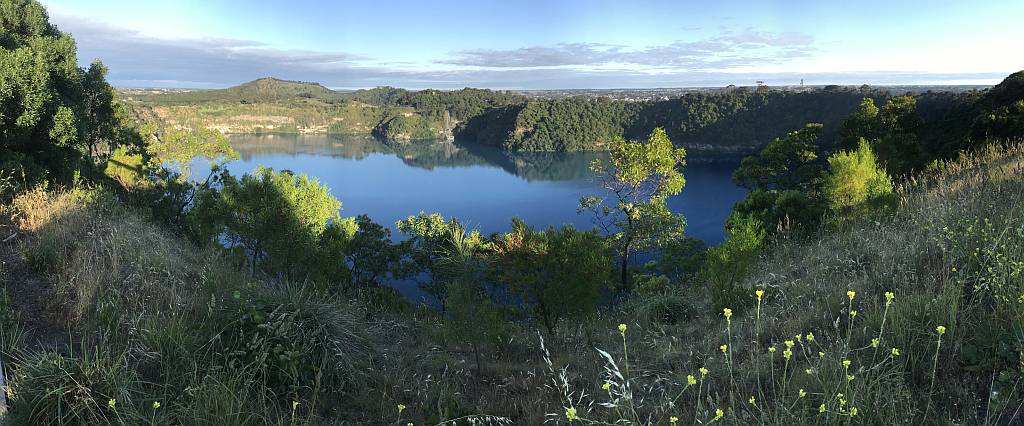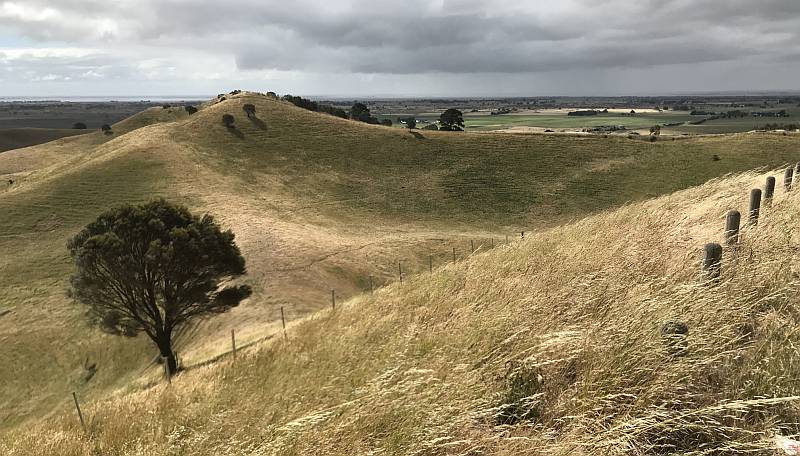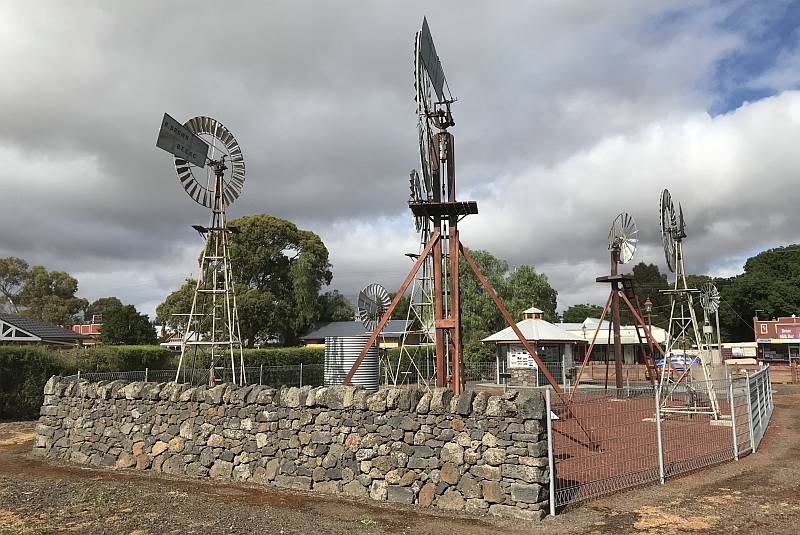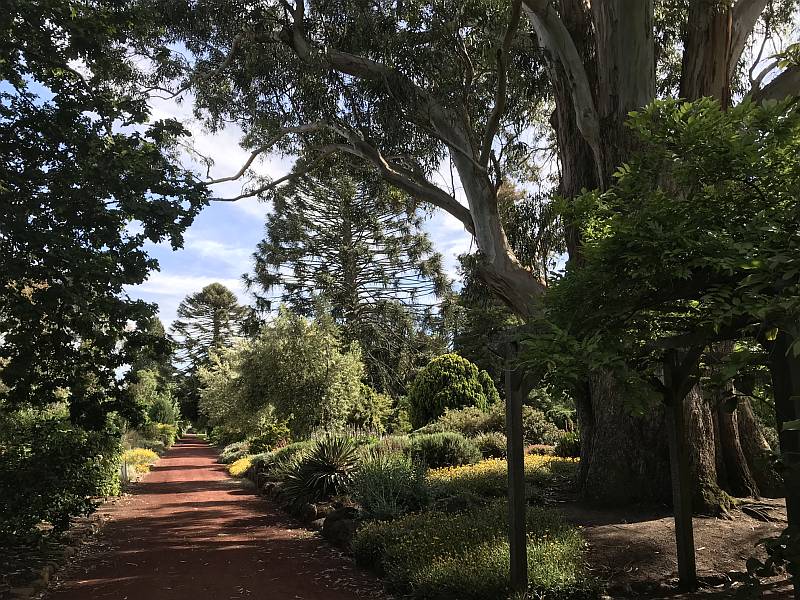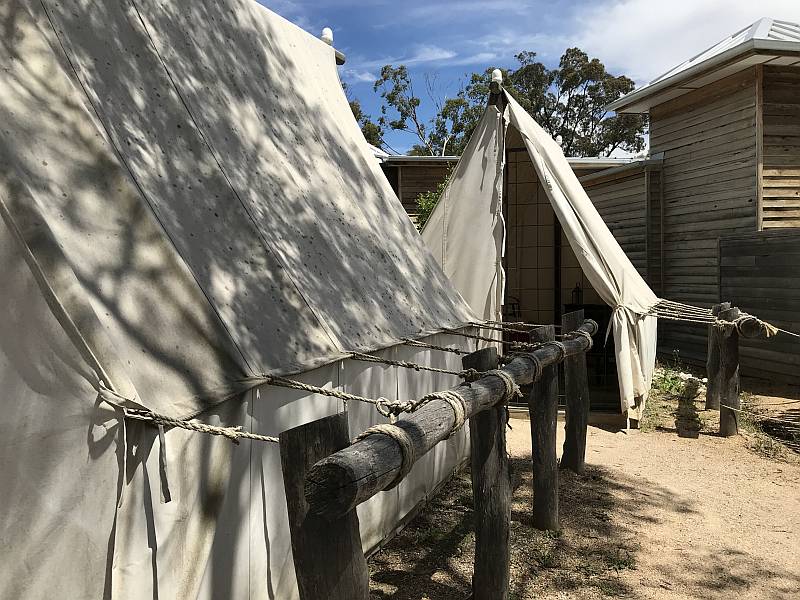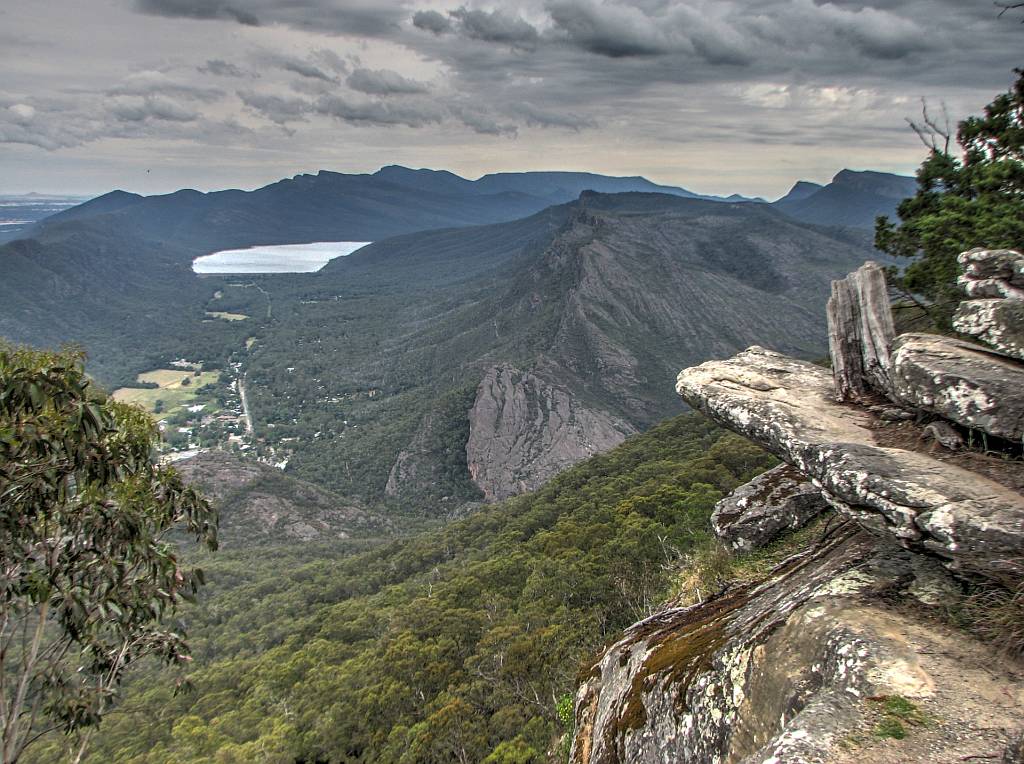This is the Central Victoria Livestock Exchange and is a few kilometres west of Ballarat.
At the time, and when I added this photo to this page, I thought the roof was covered with solar PV panels. Looking back at it I think that there are no solar panels, that it's just a 'tin' roof.
If that is so, then it is another missed opportunity, like the Woolworths car park in Clare, South Australia.
A roof of solar panels, such as that in the Flinders University car park in Adelaide, would provide shade for the sale yards and it would also generated several hundred kilowatts of electricity.
The photo was taken by my drone on 2018/12/07.
If you need to shade an area, why not use solar panels and generate clean energy that can be sold (so displacing fossil-fuel generated electricity) as well as providing shade?
We are going to see this more and more in future.
I have written another page on this site encouraging
solar PV shade over car parks at places such as shopping centres.
By the way, the hills in the background look very like more extinct volcanoes.









